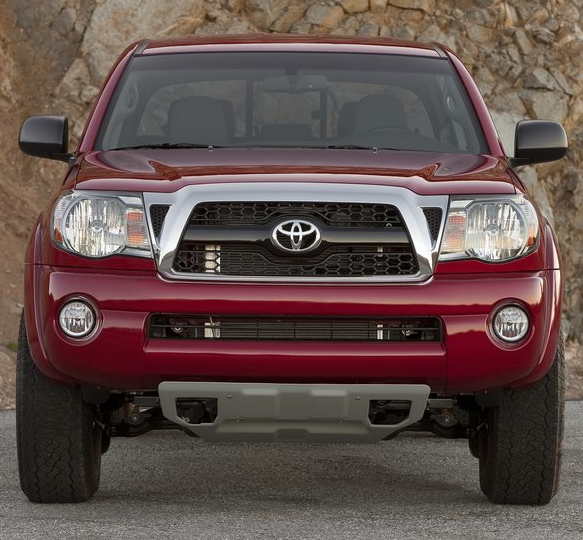In August, Toyota enjoyed its best month of sales in more than five years. The company sold more than 231,000 cars in the United States, a number that topped Ford for the second month in a row.
But rather than sit complacent, Toyota is making some significant changes to some of its most well-known cars.
In a few weeks, Toyota will begin selling its redesigned Corolla, which had started to lose ground to its rival, the Honda Civic. Made over for the first time in six years, the new Corolla is lower and longer and comes in an fuel-economy version that achieves 42 miles per gallon. (It gets a lukewarm review here).
Speaking at an Automotive Press Association lunch in Detroit on Thursday, Bob Carter, Toyota’s senior vice president for automotive operations, also detailed upcoming changes for the Highlander, the company’s popular SUV.
Key changes include a bigger third row, which creates enough space to add an eighth passenger, up from seven in previous models. The front cabin has been overhauled to make room for a wider front console. The console is big enough to hold large purses.
Three engineers went out and bought the 30 most popular purses on the market, and “they made sure all 30 fit in that vehicle,” Carter said. The ’14 Highlander with a standard gasoline engine begins production in December, and the hybrid starts in February.
A new RAV4 went on sale last month, and the debut helped the small SUV its second-highest month of sales ever, selling 23,502 cars, which is up 48.9 percent from the previous August. Carter said dealers were running out of stock of the RAV4.
“We sold down on the previous generation much faster than anticipated,” he said. “We’ve ramped up on the new one faster than scheduled too, but we haven’t caught up yet.”
As automakers explore using all sorts of alternate-energy technology, Carter said that Toyota remains committed to sticking with hybrid technology in the U.S. market, where hybrids account for just less than 4 percent of overall sales.
“We are exploring all avenues, but strongly believe hybrid will remain our core technology,” he said.
One small exception to that: Carter said that by 2015 – or perhaps sooner – Toyota will introduce a fuel-cell vehicle for sale in the U.S. Carter said it would be limited to certain markets.
“The vehicle is ready to go,” he said. “I personally have seen it, have driven it. The infrastructure is the challenge. “



